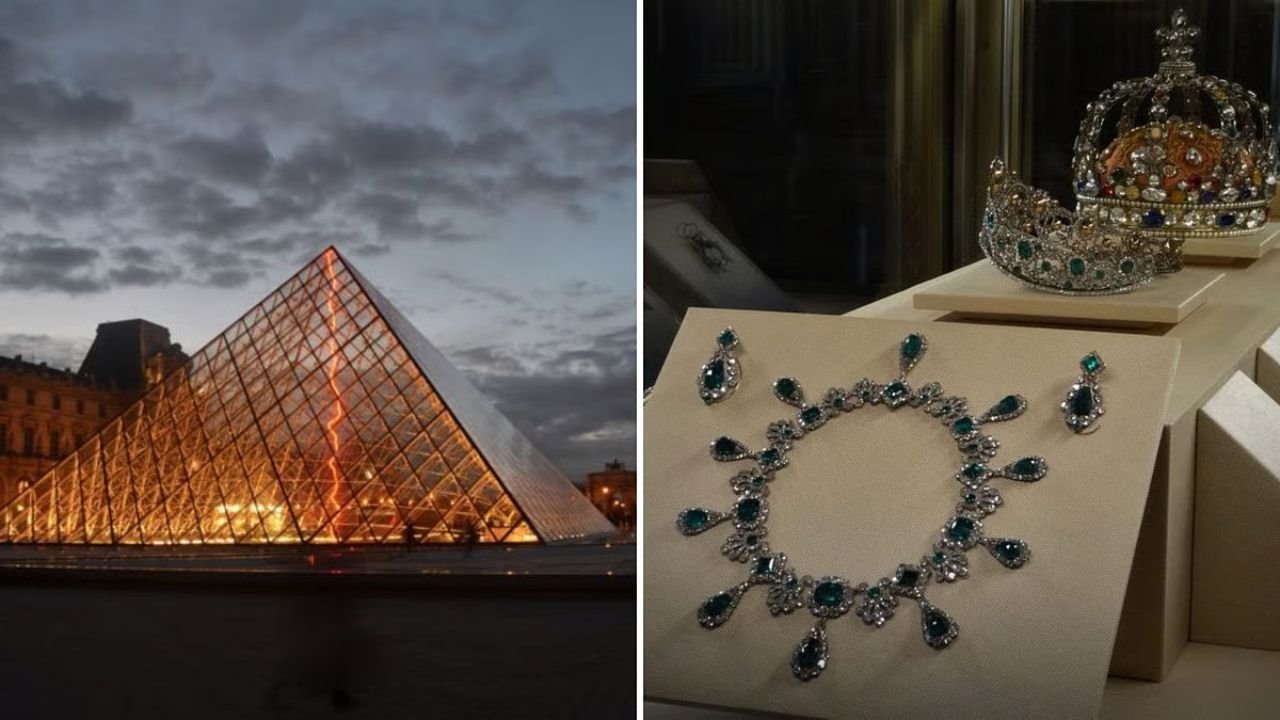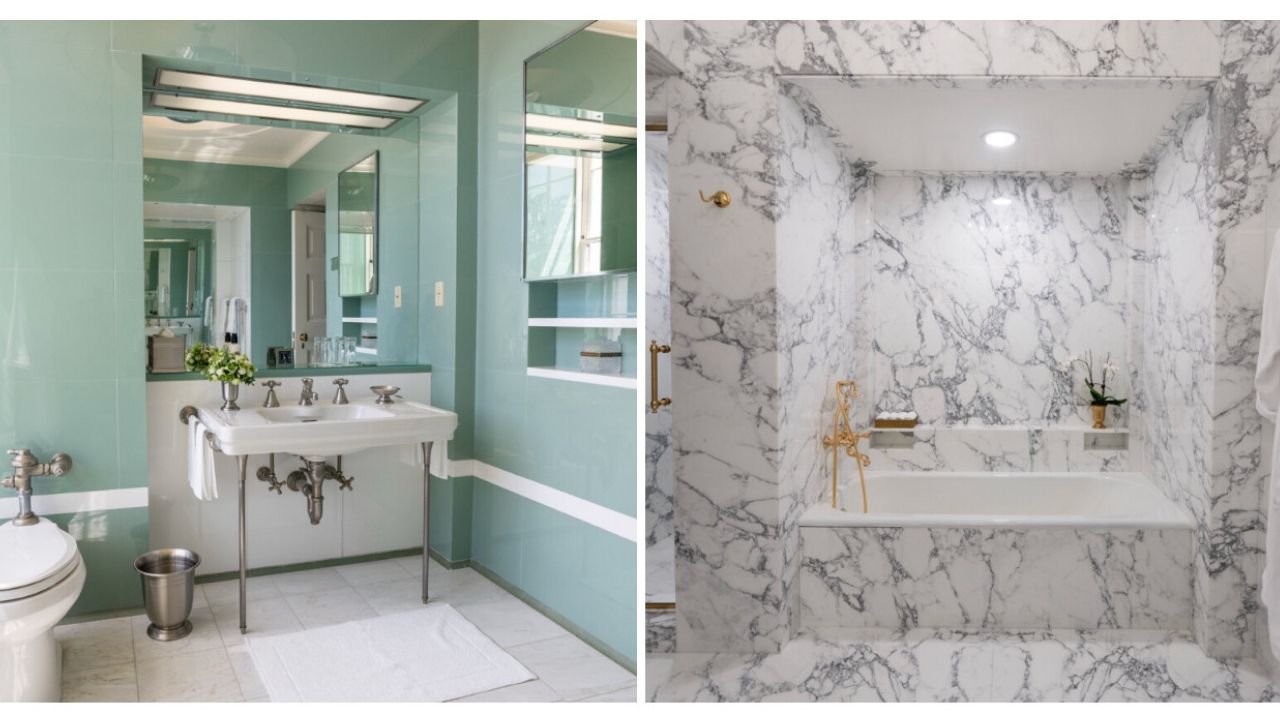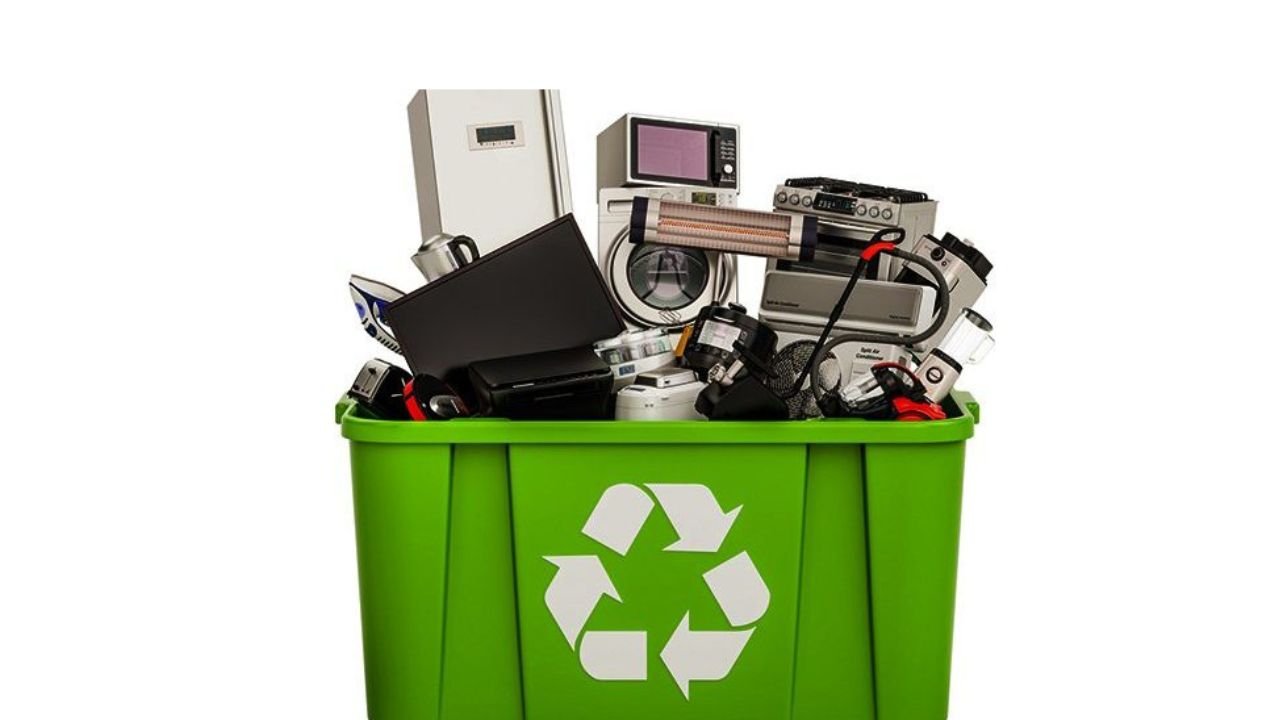Louvre Museum Robbery Shakes France
In what has been described as one of the most audacious museum heists in recent memory, the Louvre Museum robbery on 19 October 2025 stunned visitors, officials, and art lovers across the globe. In just four to seven minutes, armed with industrial tools, a small group of robbers made off with a trove of priceless jewels from the Galerie d’Apollon in Paris, home to France’s historic Crown Jewels.
The Louvre, often regarded as the world’s cultural heart and home to the Mona Lisa and the Venus de Milo, was forced to close its doors as police and museum authorities secured the premises. The French Interior Ministry described the theft as a “major attack on national heritage,” highlighting the immeasurable value of the stolen artifacts.
How the Heist Unfolded
The robbery took place at approximately 9:30 a.m. local time, just after the museum opened to the public. Witnesses reported three to four masked assailants wearing yellow and orange reflective vests, posing as maintenance workers. Arriving on scooters, they positioned a small truck and lift near the Seine-facing wall of the Louvre, allowing access to an upper window of the Apollo Gallery.
Once inside, the robbers used power tools, including angle grinders and small chainsaws, to break through reinforced display glass. In less than five minutes, they seized nine artifacts of immense historical value before escaping on motorbikes toward the A6 autoroute.
The Priceless Stolen Treasures
Among the stolen items were jewels with deep ties to French royalty, including pieces from the collections of Maria Amalia of Naples and Sicily, Hortense de Beauharnais, and Marie Louise, Duchess of Parma. The missing artifacts included tiaras, necklaces, emerald earrings, and a rare reliquary brooch. Also taken was the large corsage bow brooch of Empress Eugénie, wife of Napoleon III, while her crown was recovered nearby, badly damaged but intact.
Officials confirmed that the Regent Diamond, one of the museum’s most famous gems, remained safe in its display, as the thieves reportedly missed it during their rush.
Panic at the Louvre: Eyewitness Accounts
The Louvre’s corridors, typically filled with art enthusiasts and tourists, became scenes of confusion as alarms blared and security personnel evacuated the premises. Visitors described the atmosphere as “unreal” and “like a scene from a Hollywood film.” American tourist Talia Ocampo told reporters, “We thought it was a drill until we saw heavily armed police sealing the entrances”.
Authorities quickly cordoned off adjoining streets and deployed armed soldiers to secure the museum’s iconic glass pyramid. Forensic units were seen combing the Seine-side area, collecting traces of evidence from the escape route.
President Macron’s Response and Public Outrage
French President Emmanuel Macron denounced the Louvre museum robbery as an “attack on a heritage we hold dear,” pledging swift justice for those responsible. “We will recover the works, and the perpetrators will be brought to justice,” he declared in an official statement, adding that the country’s ‘Louvre New Renaissance Project’—launched earlier this year—would further strengthen museum security.
Interior Minister Laurent Nuñez called the heist a “highly professional operation,” saying the stolen artifacts were of “immeasurable cultural and historic worth.” Culture Minister Rachida Dati reinforced that the thieves targeted the museum “with surgical precision,” moving calmly and efficiently through the gallery without harming anyone.
Investigators Begin a Global Manhunt
The Paris prosecutor’s office has opened an in-depth investigation into the robbery, with leads extending beyond French borders. Security footage from both internal cameras and nearby Seine-side streets is being analyzed. Police suspect that an organized crime network specializing in art theft may be behind the operation.
Forensic experts have recovered a truck, construction uniforms, and power tools abandoned near the scene. Investigators are also examining how the robbers exploited renovation activities at the museum to disguise their presence and gain access to the restricted gallery area.
International agencies, including Interpol and Europol, have reportedly been alerted to track any attempt to sell or transport the stolen jewels across borders.
Historical Parallels: The Louvre’s Other Thefts
Although thefts at the Louvre are extremely rare, the museum’s history is not without precedent. Its most infamous incident remains the 1911 theft of the Mona Lisa, which was stolen by an Italian handyman, Vincenzo Peruggia, and recovered two years later. Other incidents include the 1998 robbery of Le chemin de Sèvres, making this 2025 robbery the first major art crime at the Louvre in over two decades.
The latest event draws comparisons with the 2019 Dresden Green Vault heist in Germany, where burglars escaped with an equally priceless collection of jewels, demonstrating an alarming trend of organized art theft targeting European museums.
Museum Security and Future Challenges
The Louvre robbery has reignited debate about the adequacy of museum security in an age of sophisticated criminal operations. Despite the Louvre’s advanced surveillance and armed guards, the thieves exploited a brief operational gap during renovation works and early morning crowd management.
Cultural analysts warn that as art pieces become more valuable and symbolic, modern criminals increasingly target them not for resale but for ransom or influence within underground markets. “The value of these objects isn’t just monetary—it represents identity, history, and power,” said Dr. Claire Fournier, a cultural historian with the Sorbonne.
Global Reaction: Heritage Under Threat
The international art community has reacted with shock and condemnation. Museums from London, New York, and Rome have offered their assistance to French authorities. On social media, hashtags like **#LouvreHeist25 and **aveTheCrownJewels trended globally, with users expressing outrage and disbelief.
Art experts emphasize that the loss is not just France’s but humanity’s shared cultural heritage. For the millions who regard the Louvre as a treasure house of civilization, the robbery symbolizes the fragility of even the most guarded sanctuaries of art.
In Search of Answers
As Paris reels from the robbery, questions linger: How did one of the world’s most secure museums become vulnerable? Were insiders involved? And can the stolen jewels ever truly be recovered intact?
For now, the Louvre Museum robbery stands as a stark reminder of the lengths to which professional thieves will go and the global need for enhanced cultural protection measures. The museum has vowed to reopen soon, stronger and more secure, but the psychological and symbolic scars of the heist will take far longer to heal.






